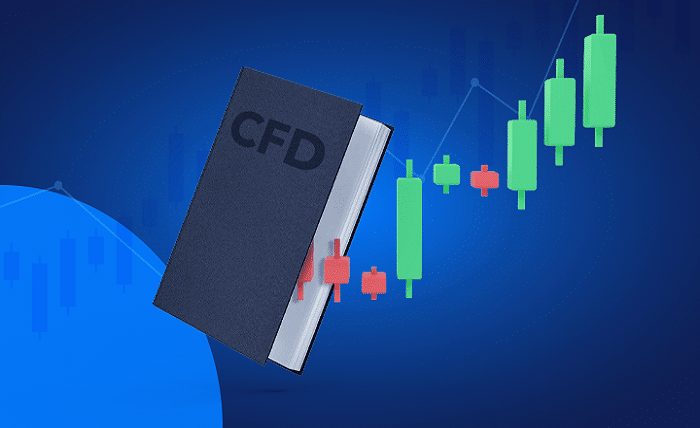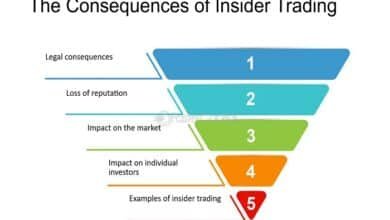The Basics of Trading CFDs on Stock Market Indices

Contract for Difference (CFD) trading on stock market indices is a widely adopted financial instrument that grants investors the opportunity to speculate on the price movements of stock indices without owning the underlying assets. This article delves into the core concepts of trading CFDs on Indices, offering a comprehensive understanding of this financial tool.
Deciphering CFDs and Stock Market Indices
Understanding CFDs
CFDs, or Contracts for Difference, represent derivative instruments that facilitate traders in profiting from the price fluctuations of various financial assets, including stock market indices. CFDs, at their essence, establish contractual agreements between traders and brokers, with the difference between the asset’s opening and closing prices settled in cash.
Demystifying Stock Market Indices
Stock market indices function as mirrors reflecting the overall performance of a particular group of stocks. Some prominent examples include the S&P 500, the Dow Jones Industrial Average, and the Nasdaq Composite Index. These indices serve as compasses, guiding investors in assessing the performance of specific market segments.
Advantages of Engaging in CFD Trading on Stock Market Indices
1. Diversification: A Robust Risk Management Strategy
One of the prominent advantages of CFD trading on stock market indices lies in diversification. By trading an index CFD, investors attain exposure to a diversified array of stocks within that index, effectively diminishing the risk associated with individual stocks. Diversification functions as a fundamental risk management strategy, contributing to portfolio stability.
2. Leveraging Opportunities: A Double-Edged Sword
CFDs permit traders to utilise leverage, allowing them to control larger positions with relatively smaller initial investments. However, exercising prudence when leveraging is paramount, as it can magnify both profits and losses. Leverage embodies a dual nature: while it can enhance gains, it can equally amplify losses if the market moves unfavourably.
3. Short-Selling Opportunities: Profiting from Bearish Markets
CFDs offer the unique advantage of profiting from falling markets through short-selling. This strategy enables traders to speculate on the decline of an index’s value, potentially reaping rewards when the market experiences downturns. Short-selling proves valuable in bearish market conditions, enabling traders to capitalise on descending price trends.
Navigating CFD Trading: A Step-by-Step Guide
1. Choose Your Target Index
Initiate your CFD trading journey by selecting the stock market index you intend to trade. Robust research and analysis are indispensable at this stage, facilitating informed decision-making. Parameters such as historical performance, market sentiment, and pertinent economic indicators warrant consideration.
2. Establish a CFD Trading Account
Embark on your trading expedition by establishing a CFD trading account with a reputable broker. Ensure that the selected broker offers the index you aspire to trade and provides a user-friendly trading platform. Take a discerning approach by comparing brokerage fees, spreads, and available analytical tools.
3. Market Analysis: The Key to Informed Trading
Execute comprehensive market analysis using a blend of technical and fundamental tools to discern potential entry and exit points. Technical analysis entails scrutinising price charts and patterns, whereas fundamental analysis encompasses an evaluation of economic and financial factors impacting the index’s performance.
4. Executing Your Trade
After diligent market analysis, proceed to execute your CFD trade. The decision may be to go long (buy) if you anticipate the index will ascend or go short (sell) if you predict a decline. Employ prudent risk management by setting both entry and exit orders to mechanise your trading strategy and minimise emotional decision-making.
5. Vigilance is Paramount
Following the initiation of your position, maintain vigilance over your trade. Market volatility can translate to rapid price fluctuations. Implement stop-loss and take-profit orders to cap risk and secure profits. Regularly assess your position and adapt your strategy in response to evolving market conditions. When exploring different trading strategies, it’s important to understand various approaches, such as what is swing trading for stocks, which can complement CFD trading on stock market indices.
In summary, CFDs on indices are a versatile instrument for traders and investors aiming to engage with broader market movements. With diligent research, adept analysis, and disciplined risk management, individuals can navigate these markets successfully. It is advisable to seek counsel or gain experience through a demo account before venturing into live trading. Stay informed, exercise caution, and formulate a comprehensive trading plan to optimise your prospects of achieving success.




